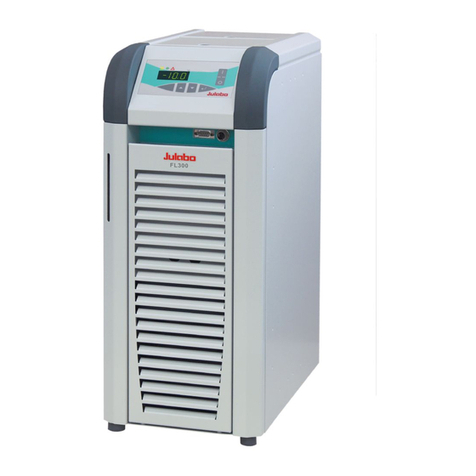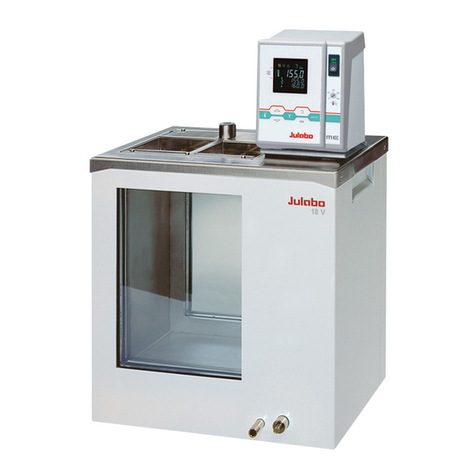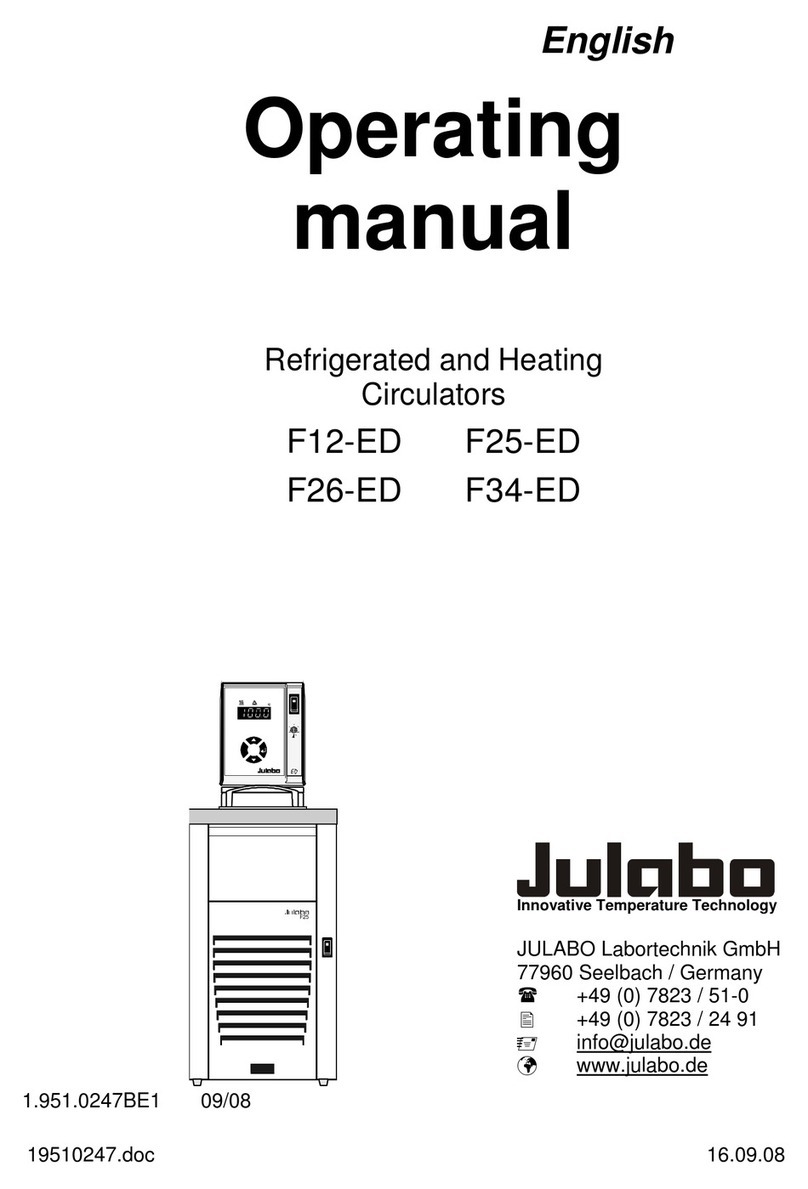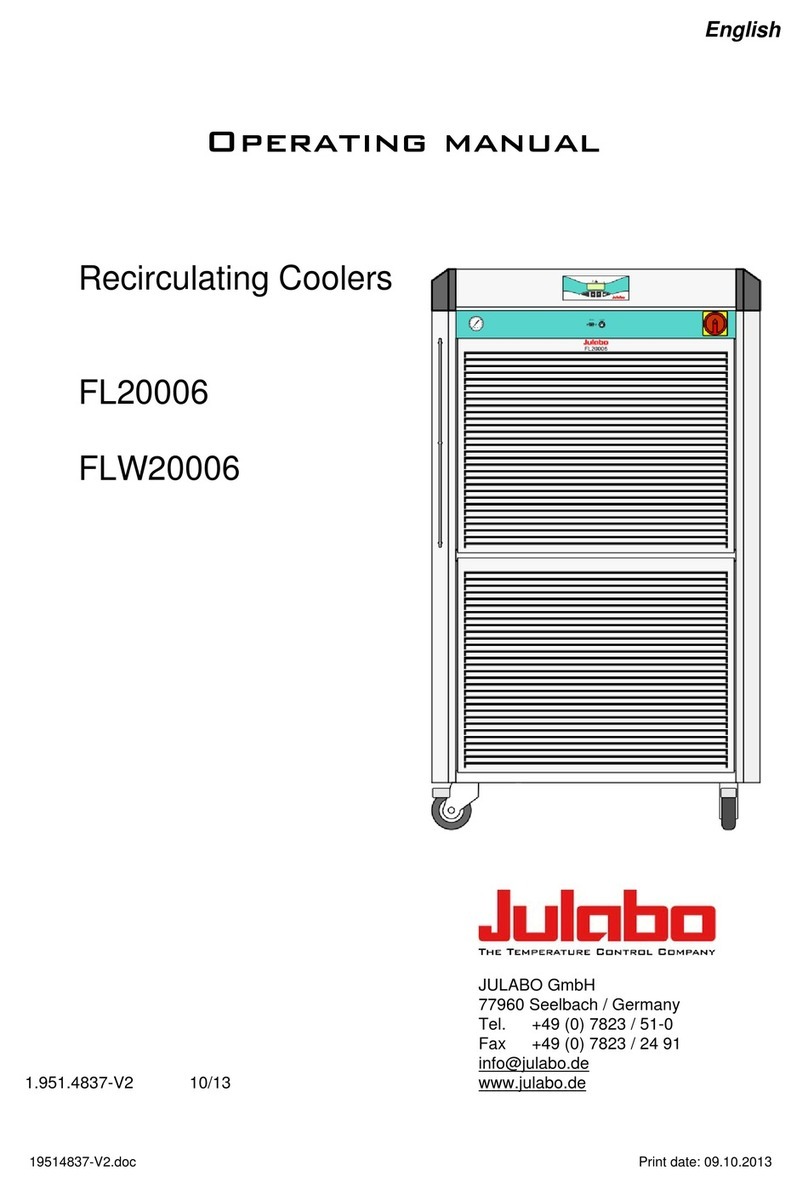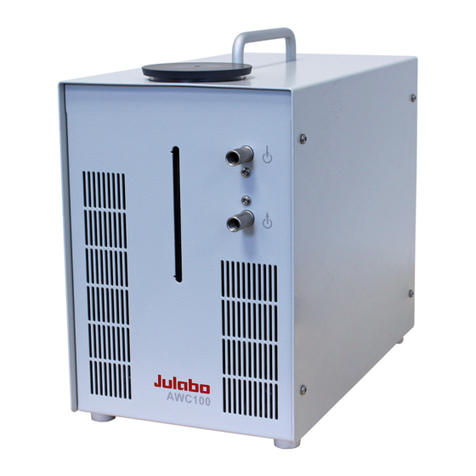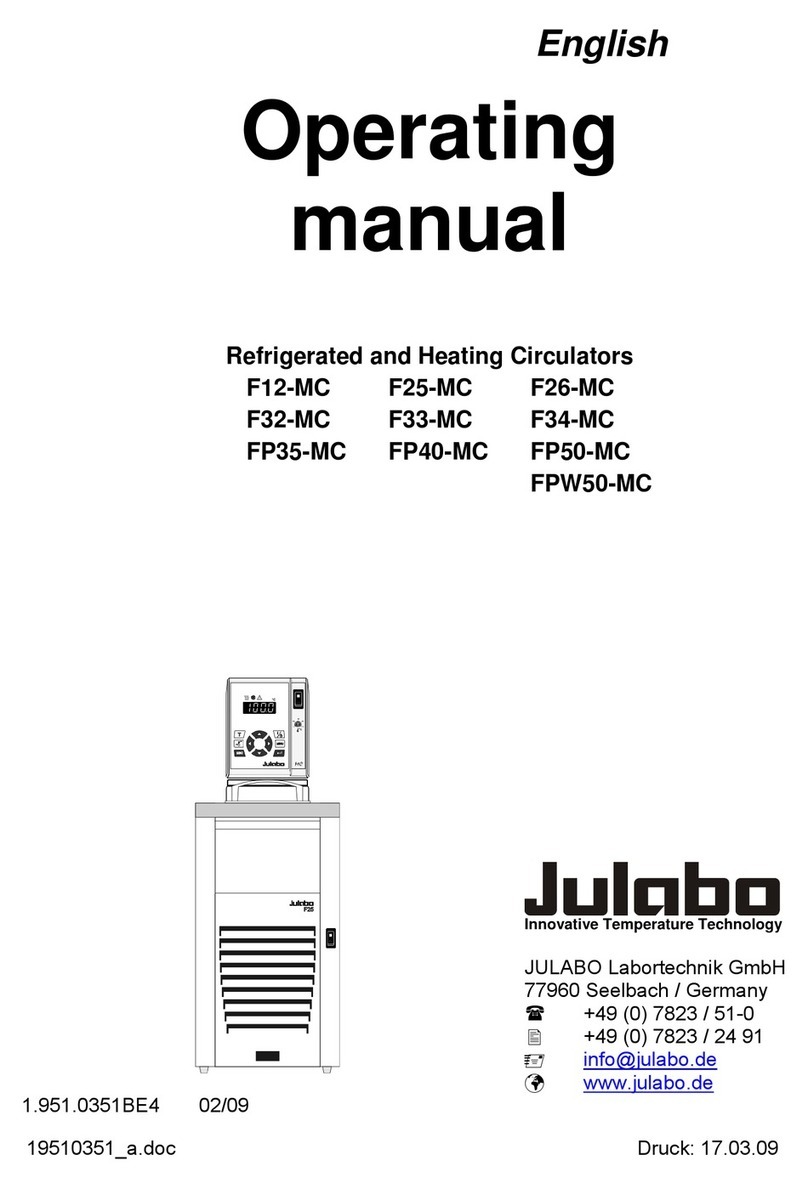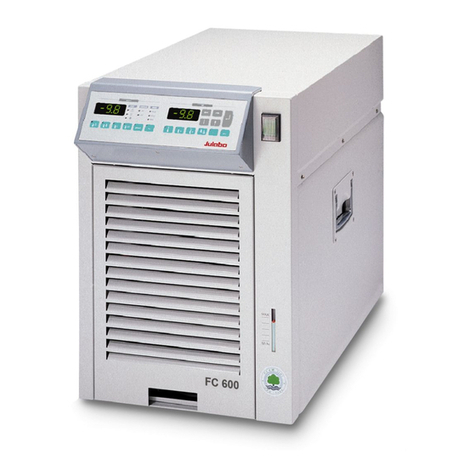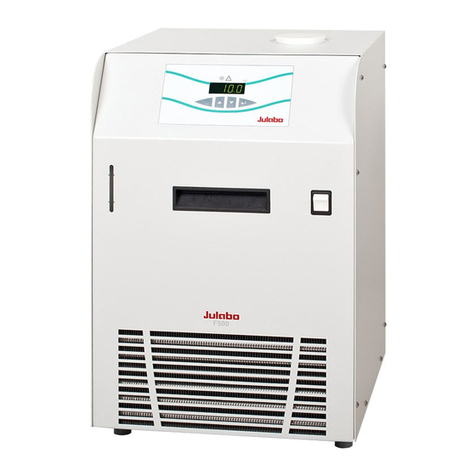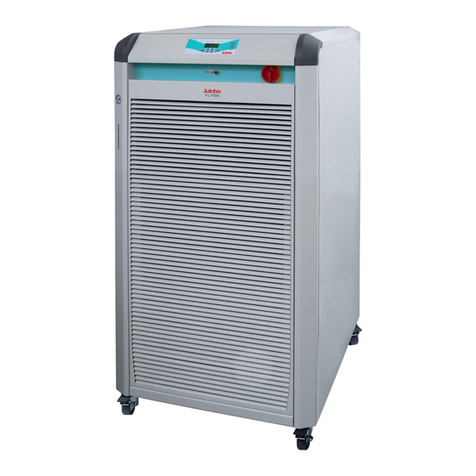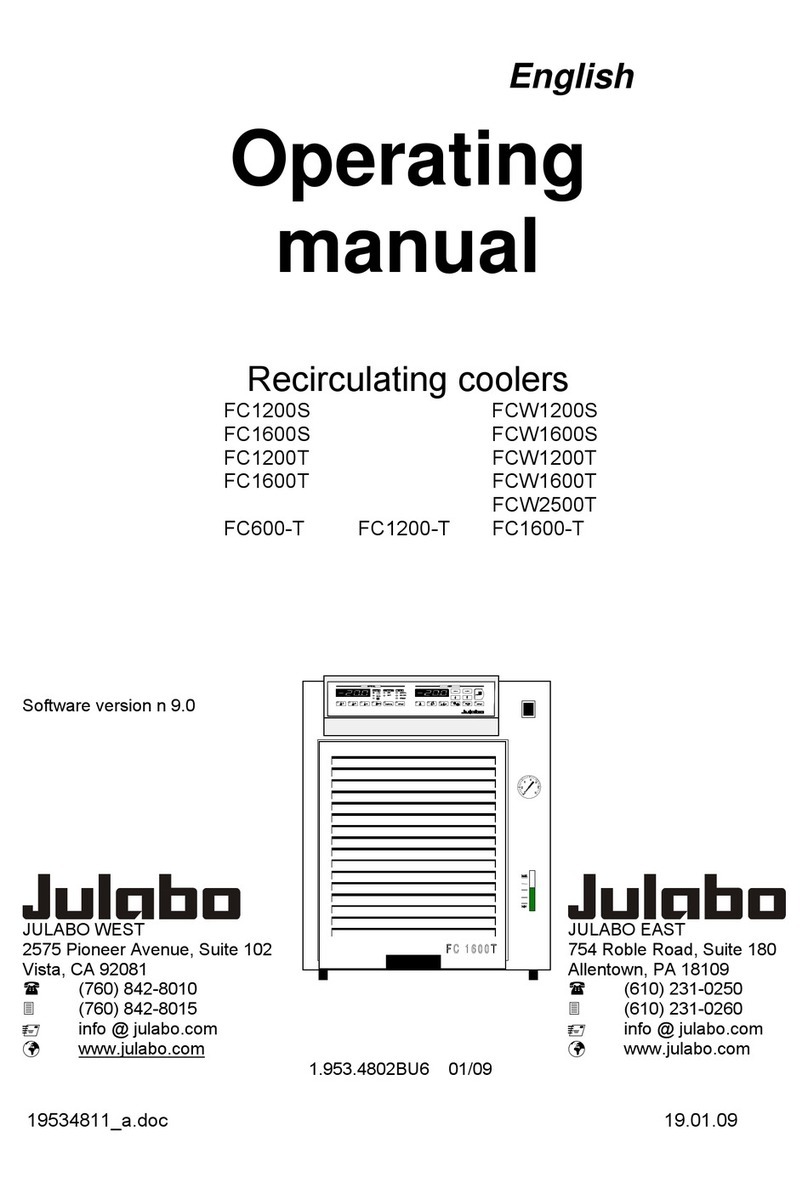9.4. MENU CONFIG - Configuration of unit....................................................................40
9.4.1.Remote control via the serial interface................................................................41
9.4.2.Keypad control or setpoint setting via the analog input.......................................42
9.4.3.AUTOSTART......................................................................................................42
9.4.4.OFF-MODE ........................................................................................................43
9.4.5.ACTVAR - actuating variable..............................................................................43
9.4.6.Setting of clock and date ....................................................................................44
9.4.7.RESET – Factory settings ..................................................................................44
9.5. MENU CONTROL – Control characteristics and parameters ..................................44
9.5.1.CONTROL – Control INTERNAL / EXTERNAL...................................................46
9.5.2.SELFTUNING.....................................................................................................47
9.5.3.Dynamic internal.................................................................................................47
9.5.4.Control parameters– XP-, TN-, TV- INTERNAL..................................................48
9.5.5.COSPEED - external..........................................................................................49
9.5.6.Control parameters – XPU-, XP-, TN-, TV- EXTERNAL......................................49
9.6. MENU SERIAL - BAUDRATE, HANDSHAKE, PARITY...........................................50
9.7. MENU ATC - Absolut Temperature Calibration.......................................................51
9.7.1.ATC SENSOR - INTERNAL / EXTERNAL..........................................................53
9.7.2.ATC STATUS - YES / NO...................................................................................53
9.7.3.CALIBRATION TYPE: 1 -/ 2 -/ 3 POINT .............................................................54
9.7.4.Example: 3-point calibration for internal control .................................................55
9.8. MENU LIMITS.........................................................................................................57
9.8.1.Limits for internal control.....................................................................................58
9.8.2.Limits for external control....................................................................................58
9.9. MENU IN/OUT – Analog inputs/outputs (Option).....................................................60
9.9.1.Outputs of the connector - REG+E-PROG..........................................................63
9.9.2.Input of the connector - REG+E-PROG..............................................................64
9.9.3.ALARM-output / Stand-by-input..........................................................................66
10. Troubleshooting guide / error messages......................................................................68
11. Electrical connections..................................................................................................71
12. Remote control............................................................................................................73
12.1. Setup for remote control..........................................................................................73
12.2. Communication with a PC or a superordinated data system ...................................73
12.3. List of commands....................................................................................................74
12.4. Status messages ....................................................................................................77
12.5. Error messages.......................................................................................................77
13. Installation of electronic module...................................................................................78
14. JULABO Service – Online remote diagnosis................................................................79
15. Cleaning / repairing the unit.........................................................................................80
16. WARRANTY PROVISIONS.........................................................................................81
4
